Getting to Castelo Branco
I strongly recommend renting a car if you plan to visit Castelo Branco. You can get to Castelo Branco by bus or by train from Lisbon, but if you do you’ll have a hard time getting between the historic aldeias (small Portuguese villages) in the region.
Our road trip to Castelo Branco, Portugal, got off to an inauspicious start. We were delighted to receive a brand new rental car from Hertz until we realized about 40 minutes into the journey that the air conditioning didn’t work.
In the spirit of applying Site Reliability Engineering principles to our travels (skills gleaned from my 'day job'), I’m adding the following action item to our blameless retrospective: test the air-conditioning before departing!
On the plus side, exchanging the car at Lisbon Airport was simple, but the new car was not as nice as the one we had paid for. It also cost us about 2 hours of our time and double-tolls on the motorway.
Castelo Branco, our destination for the day, is located about 2.5 hours from Lisbon by car. Unfortunately, the weather took a turn for the worse during the second half of our journey. A yellow weather warning was in effect for much of Central Portugal.
If we hadn't had to swap cars, we would have avoided the rain. The worst of the rain hit near a rest area about 30 minutes from Castelo Branco, so we stopped for coffee to wait it out. We eventually made it to our destination safely, which is the most important thing.
Where to Stay in Castelo Branco
Things to do in Castelo Branco
1. Drink a Glass of Local Wine
Castelo Branco is located in the Beira Interior wine region of Portugal. Chill with a glass of local wine at the hotel or at one of the local bars down the hill. Sipping a glass of vinho branco was just what we needed after our drive from Lisbon.
2. Walk the Walls of Castelo de Castelo Branco
The 12th Century Castelo de Castelo Branco was a 5 minute walk from our hotel and is worth a visit. The castle ruins offer stunning views of the town below. The walls are a bit uneven with a steep drop on one side, so be careful.
There are a couple of towers along the wall that provide even more elevated views. The castle is a great place to learn about the history of Castelo Branco, and it's also a great place to enjoy the scenery.
3. Miradouro de São Gens
Follow the tree-lined path down the hill from Castelo de Castelo Branco to Miradouro de São Gens, a quiet spot with ponds and pretty views.
4. Check Out Museu Cargaleiro
After descending from Miradouro de São Gens, we headed towards Museu Cargaleiro. At just 3 EUR per person, it's worth checking out this small museum in Castelo Branco.
Manuel Cargaleiro is a local artist who now lives in France and has a two-building museum named after him. One building is a historic mansion that houses a small collection of pottery.
The other building has two floors of Cargaleiro's paintings and artwork from other artists in the same style. I absolutely loved Esta era a porta a minha vizinha que eu nunca conheci, which as the title of the work would suggest, was made from the door of his neighbor whom he never met.
Allow yourself about an hour to see Museu Cargaleiro at a leisurely pace. Note that the museums in Castelo Branco are typically closed between 1 and 2 for lunch.
5. Go Mural Hunting
Castelo Branco town and the surrounding region are home to a number of colorful murals, so keep your eyes peeled. The murals are a great way to see the town's history and culture, and they also make for some great photo opportunities.
6. Tour Museu Francisco Tavares Proença, Jr.
Next, we visited Castelo Branco's Museu Francisco Tavares Proença Jr., which is housed in the 18th-century Bishop's Palace. The advertised price was 3 EUR per person, but we were only charged 3 EUR for two people.
The museum is worth visiting for the architecture alone, as the Bishop's Palace is a beautiful example of 18th-century architecture. The museum also features a variety of exhibits, including Roman-era relics, Medieval religious artifacts, historic portraits and paintings, and some modern art exhibits.
There were also a number of colchas de Castelo Branco on display, which are tapestries decorated with local embroidery. The colchas were particularly interesting, as they are a unique and beautiful example of Portuguese folk art.
7. Explore Jardim do Paço Episcopal
Jardim do Paço Episcopal is a National Monument and probably the most popular attraction in Castelo Branco.
The gardens date back to the first quarter of the 18th century and were once part of a larger property that included the Castelo Branco Bishop's Palace, olive groves, vineyards, vegetable gardens, and woods.
The gardens feature stone archangels, a box garden with well-coiffed decorative hedges and small fountains, statues representing concepts ranging from human values to months and seasons, to the Angel of Judgment and Heaven, and Hell.
The Jardim do Paço opened to the public for the first time on October 5, 1912. Next to this entrance, we discovered imposing water spouts and a reservoir that feeds the fountains in the gardens. We found that this is the best vantage point for taking photographs of the intricate geometric hedges below.
The Apostles Stairway leads down to the King's Staircase, which is decorated with statues of kings. Note the nicknames of the kings: some flattering (O PRÍNCIPE PERFEITO) some not (O GORDO). At the base of the stairs are three smaller statues of the three intruder kings of Spain and Portugal: Philip I-III.
We even met the resident ginger cat at the garden on Caturday.
8. Discover 15th Century Doorways
Castelo Branco is famous for its 15th century doorways, although the doors themselves are mostly modern. The door frames and facades are historic, however.
I was thrilled when I heard that the town had 15th century doors, but to be honest, I feel like they overhyped it a little. Follow the plaques embedded in the sidewalk and give yourself an excuse to explore all the nooks and crannies of Castelo Branco.
9. Enjoy Local Ice Cream
We visited Castelo Branco in June which is the height of cherry season on the region. Gelataria & Croissanteria - Bem-haja had gelato made with Fundão cherries. Yes, please!
While we were eating our ice cream, the rain came in so we decided to stay for a coffee and croissant misto. Bem-haja is an ideal place to grab a snack or a quick lunch in Castelo Branco.
10. Wait Out the Rain with a Glass of Wine
Ponto Wine in Castelo Branco was a lovely place to spend an hour on a rainy afternoon. I had a glass of white wine from Adega 23 in Beira Interior, as well as fries and padron peppers.
Ponto Wine is also a bottle shop and I was able to purchase a bottle of the Adega 23 white blend that I sipped by the glass home for just 12 euros.
That’s the nice thing about traveling by car. You can bring home lots of souvenirs to remind you of your trip.
11. Explore Praça de Camões
The Praça de Camões in Castelo Branco is a square with a number of historic facades. Read the signs to learn more about the town's history.
For example, the Domus Municipalis was built in the 16th century and housed the Castelo Branco Municipal Council. It was also used as a courthouse, jail, and library.
Listen for the sound of the nearby bell tower, which was used to announce the closing of the city's defensive gates.
12. Dine at Tabuas.come
Day Trip Ideas from Castelo Branco
National Railway Museum in Entroncamento
If you are a railroad aficionado, the National Railway Museum in Entroncamento is a good day trip option from Castelo Branco.
On our road trip, we stopped at the National Railway Museum on the way to Castelo Branco. The museum is about halfway between Lisbon and Castelo Branco which makes it a great spot to stretch your legs.
The Round House contains about 15 locomotives from the 19th and 20th centuries, some of which you can climb inside. Another building has historic train cars, including the presidential train and the very luxurious royal train.
The royal train had an Art Nouveau feel, with one car that looked like a series of carriages. It's clear that dignitaries in the 19th and 20th centuries traveled in style in Portugal!
Another highlight of the museum is the miniature train, which unfortunately wasn't running due to the expected rain on the day we visited. We did see it parked under glass at the end of the line.
The museum also had a steampunk art exhibit by Custom Circus, featuring a heavy vehicle customized in a post-apocalyptic style and furnished with vintage artifacts. You can go inside and take a look around.
Visit Fundão, The Cherry Capital of Portugal
If you visit Castelo Branco in June, be sure to stop by Fundão, a charming Portuguese town just a 30-minute drive away. Fundão is famous for its cherries, and the cherry festival in nearby Alcongosta is what catalyzed our trip to the region.
In June, many restaurants in Fundão serve cherry-themed menus. We had a delicious dinner at As Tilias, where we started with cheese fritters with cherries and beetroot hummus with cherries. For our main course, we had pork with pickled cherries and chestnuts.
The wine was also very affordable, with a local white frisante costing just 1.20 EUR per glass and a glass of red from Beira Interior costing about 1.80 EUR. We were too full after dinner to try the cherry tiramisu, but we took a slice to go and ate it in our hotel room later.
Keep an eye out for cherry red doors in Fundão. They are definitely on theme for the cherry festival.
Hike Monsanto Village
Monsanto, a village once voted the most Portuguese village in Portugal in the 1930s, is another fun day trip from Castelo Branco. It takes about an hour to drive to Monsanto from Castelo Branco.
Monsanto is also about an hour from Alcongosta if you want to combine a visit to the cherry festival with your trip to Monsanto like we did into an ambitious day trip.
On the way, we stopped at Gardunha Agro, a farm store and cafe that sells all sorts of local products. You can grab a coffee and snacks for the car, or buy some cherries.
While we were drinking our coffee, we saw a few people buy 10 kg of cherries!
En route to Monsanto, the road becomes very narrow and cobbled near Proença-a-Velha, but it widens and becomes paved again after you leave the village so stay the course.
There is a parking lot about a 5-minute drive above Relva on a sharp turn before arriving in Monsanto. We thought it best to park here and walk the 10 minutes to the village, rather than risk getting stuck by driving too far into the historic village.
You can spend an hour or two wandering around Monsanto, admiring the fascinating architecture of the stone buildings, many of which incorporate the boulders strewn around the village into the walls and roofs of the structures.
If you're feeling up for it, you can climb to the castle ruins above the village. The path is steep and a little bit treacherous, so I suggest wearing hiking boots and bringing walking poles. I regretted not bringing ours.
The tourism office told us that it is a bit easier to reach the castle from the other side of town above the clock tower and grotto. This side of town also has miradouros with fantastic views of the boulder houses and surrounding modern towns and countryside below.
Taverna Lusitania in Monsanto is worth a stop for a coffee or beer. There is a panoramic terrace above the bar with sweeping views over the aldeia.
Is Castelo Branco Worth Visiting?
We found that Castelo Branco is a great base for exploring central Portugal. There are plenty of things to do in the town itself, and the motorway is nearby, making it easy to get around the region.
In the spring, the cherry festival in Alcongosta and the historic town of Monsanto are both within easy day trip distance. Castelo Branco is less than a 3 hour drive from Lisbon, but it feels like a whole different world. All things considered, I think Castelo Branco is worth the trip.


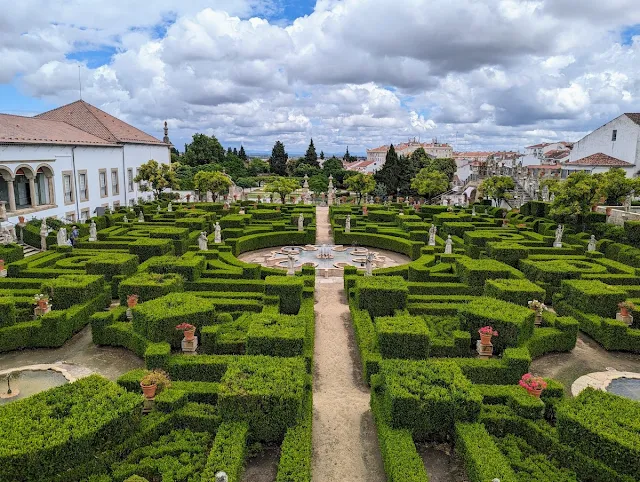
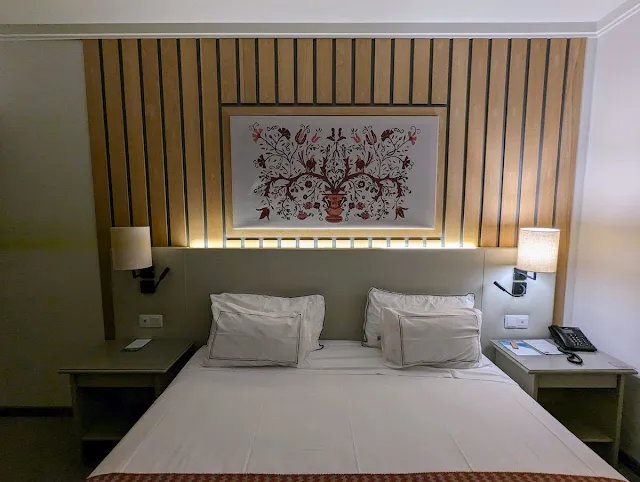
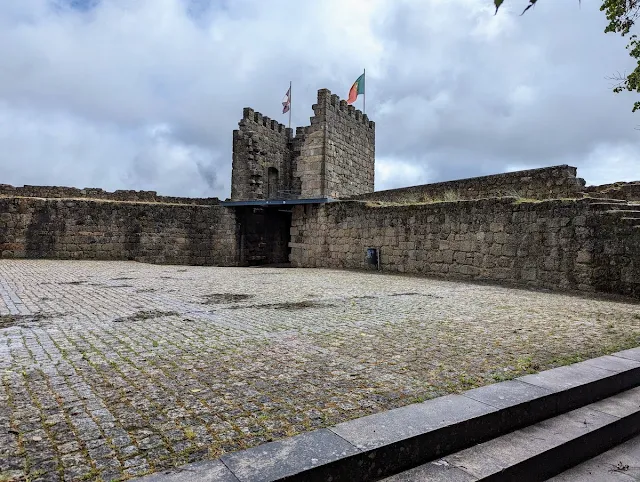
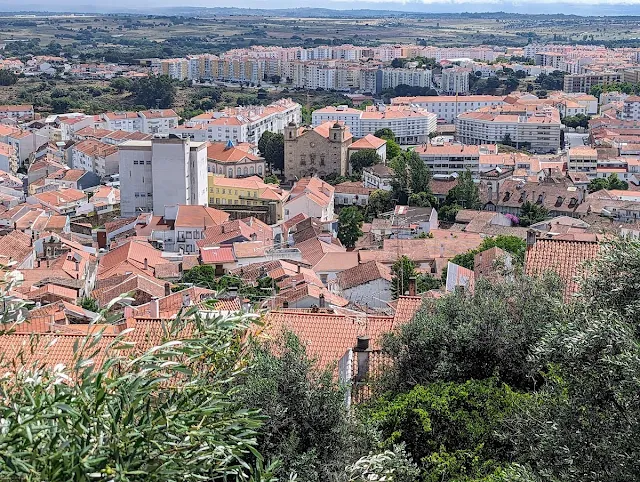



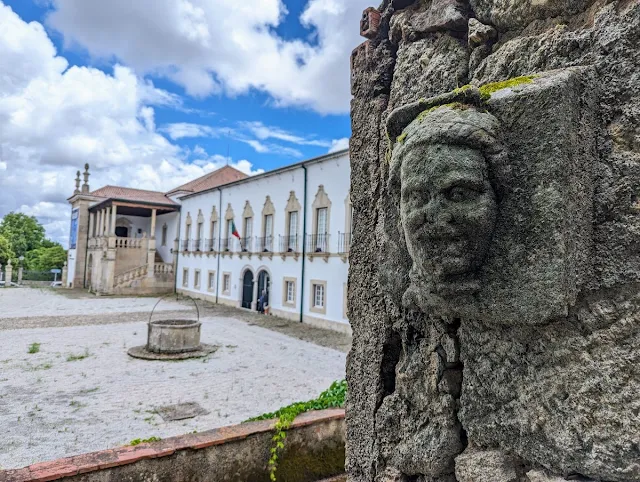
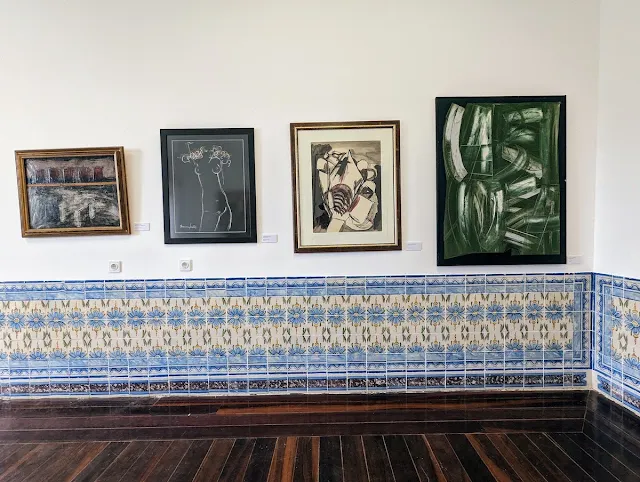

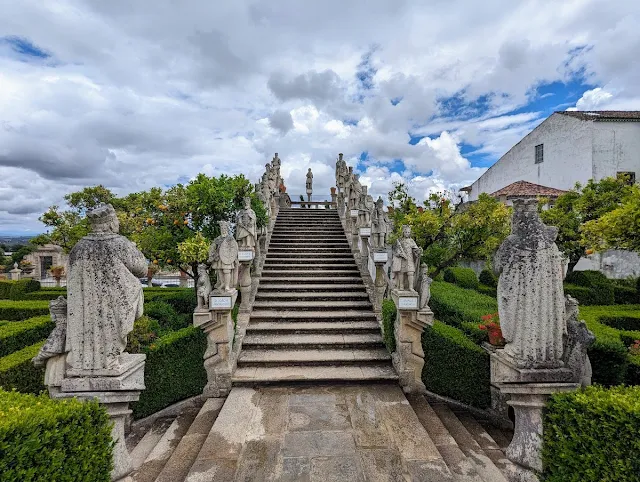


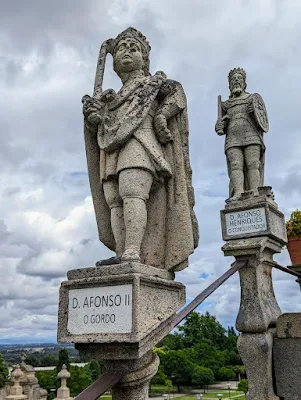


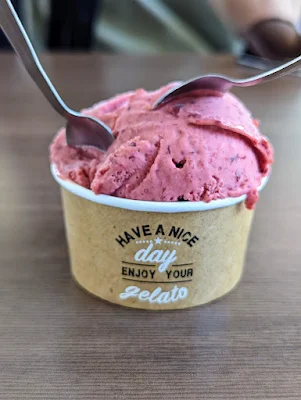

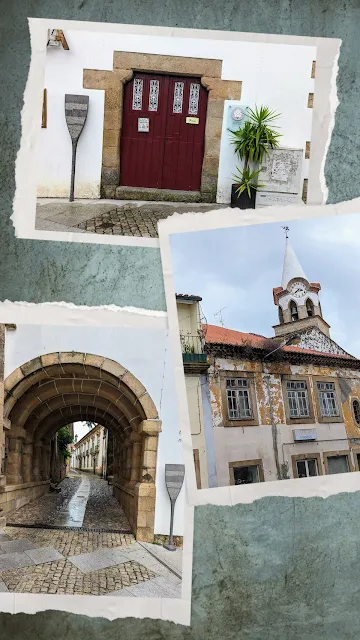

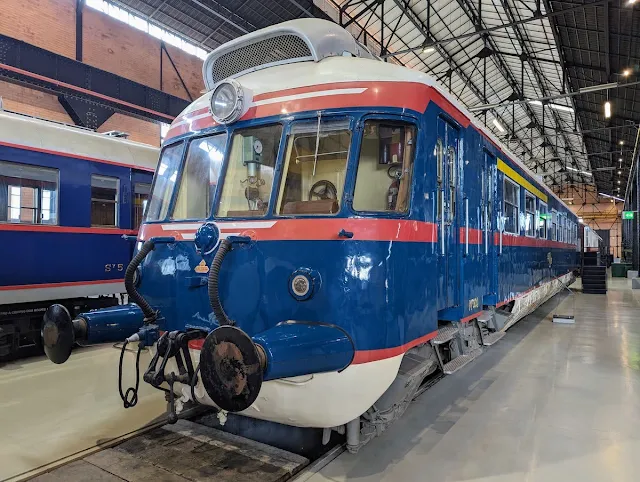
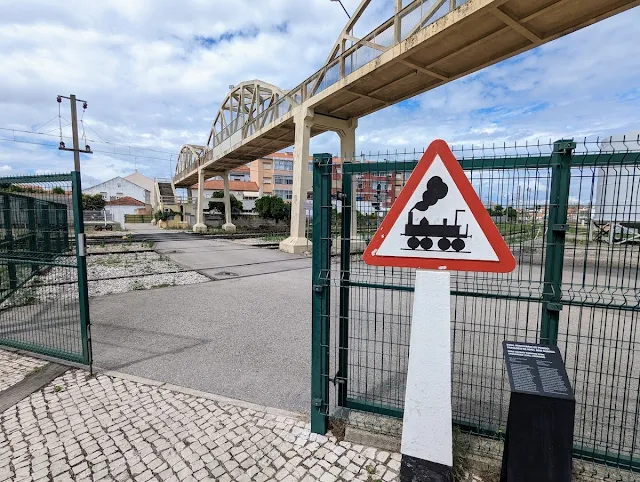
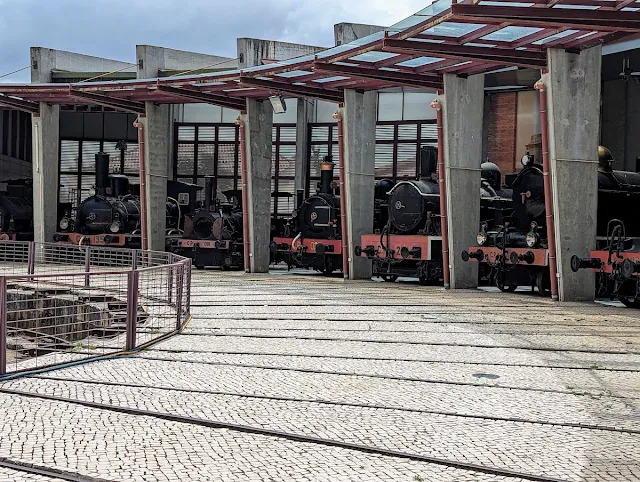

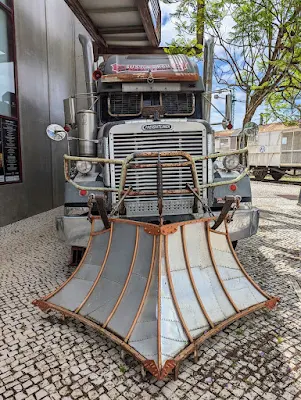
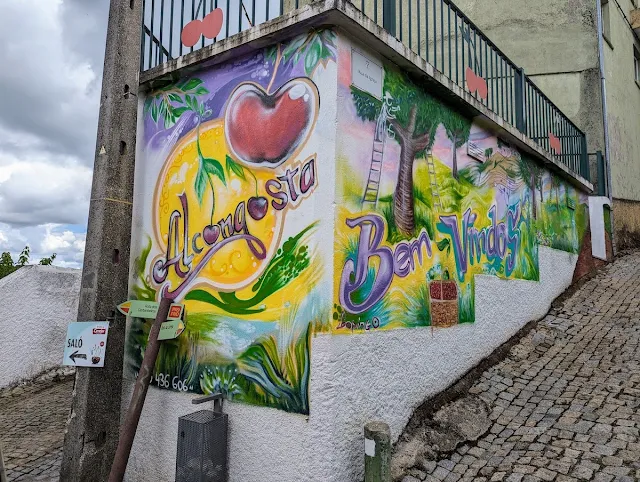
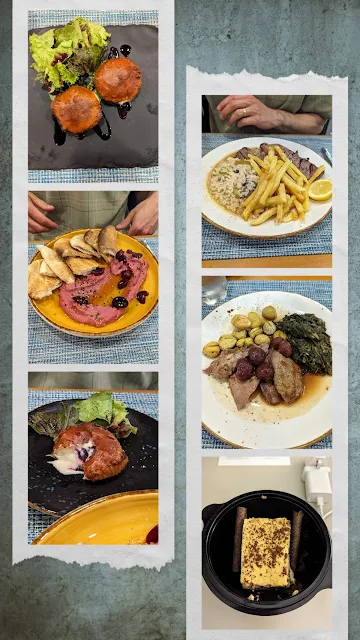
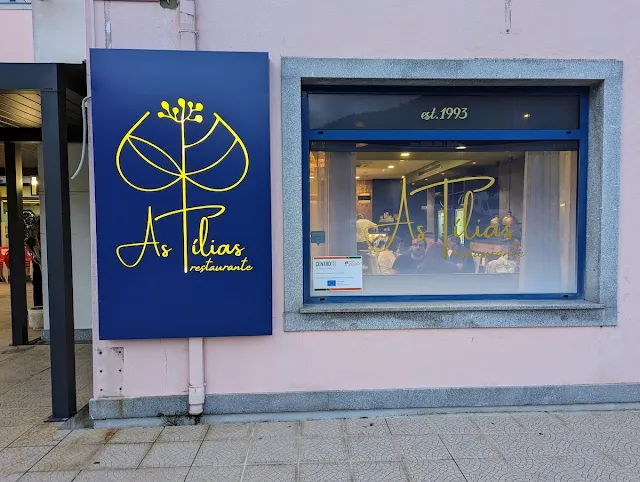
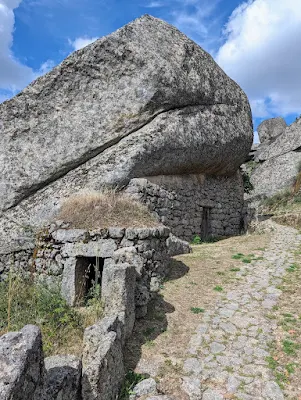

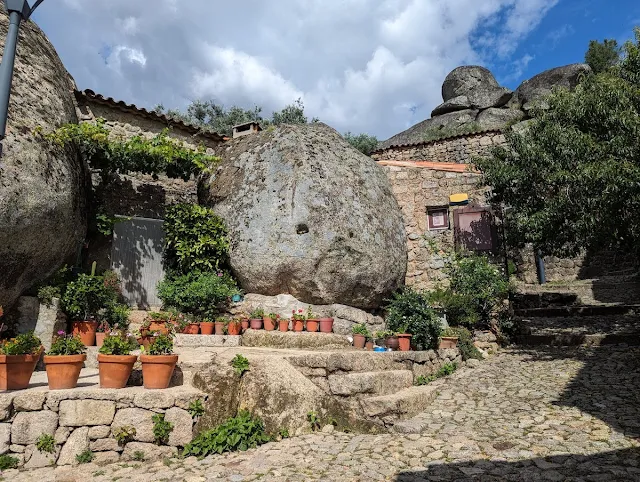

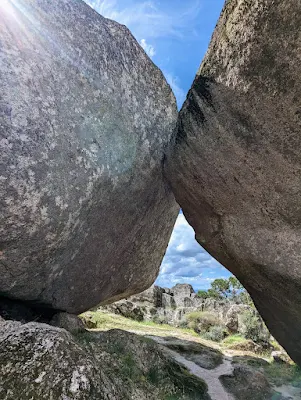
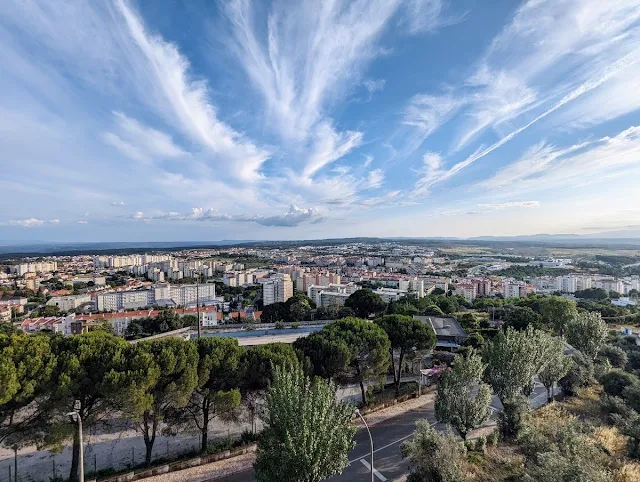


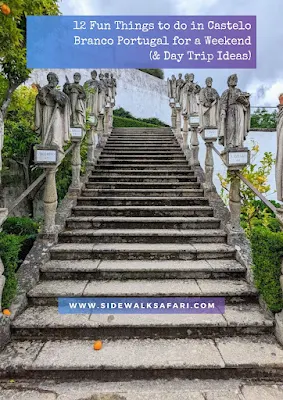
.jpg)
